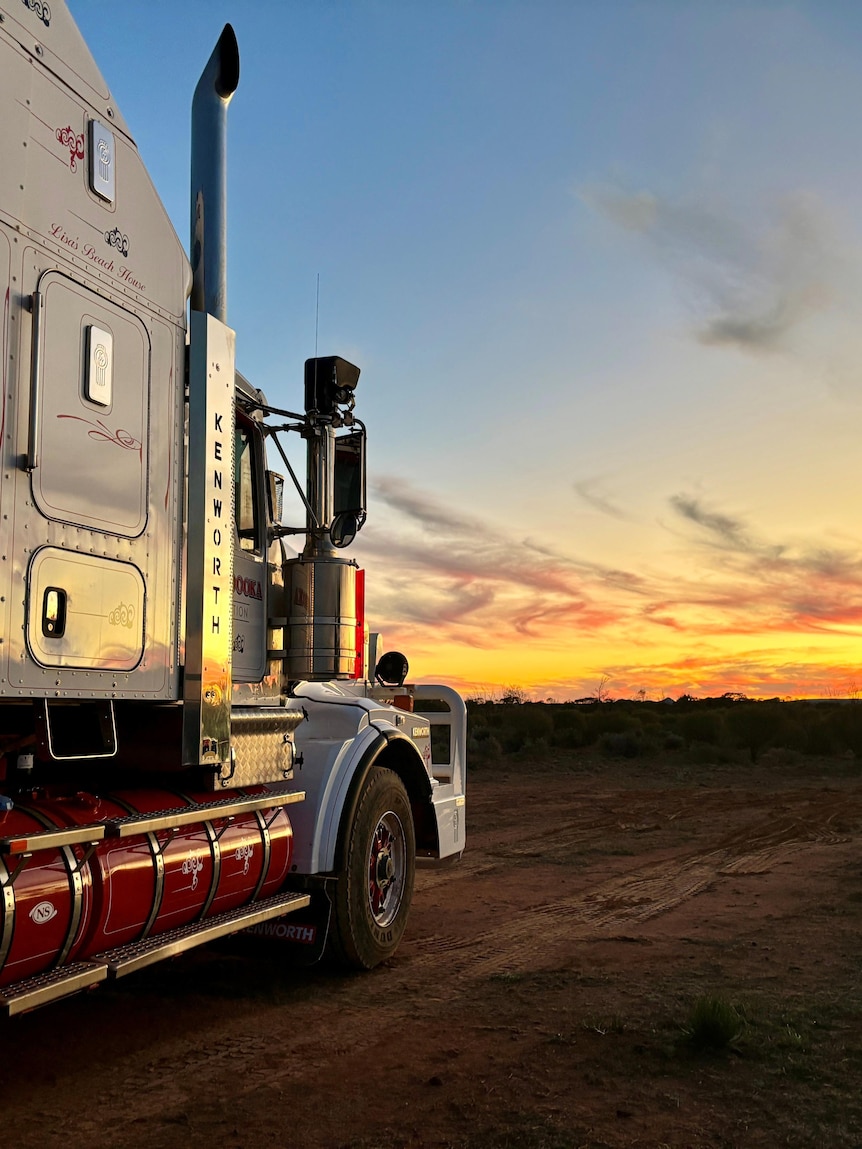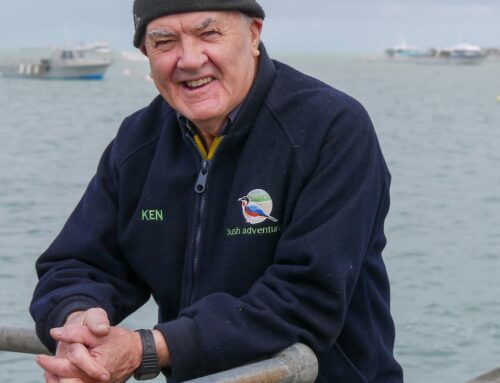In short:
South Australian graziers have been moving livestock north where feed is currently more plentiful.
Parts of SA have received record low rainfall, leading some producers to agist their cattle in NSW.
What’s next?
SA farmers have had some relief with limited rainfall, but the feed shortage persists.
It is rare to see livestock trucks drive from the south to the north of the country in search of feed.
As producers from South Australia’s normally lush South East battle what has been described as a “green drought”, graziers in normally arid parts of the country are enjoying unseasonal rainfall that is creating ideal conditions for livestock producers.
Far West New South Wales grazier Steve Radford has not had livestock on his station near Broken Hill for the past six years.
But now, given the prime state of his property, White Leeds, he has been able to offer his land to those in the south struggling with drier conditions.
“From January to now we’ve been able to give some support to people that need some feed,” Steve said.
“In the western division we’ve been very lucky with some abnormal rains through the autumn and winter.
“The region, in general, is very healthy.”
Due to the high quality and quantity of feed in the region, Steve said cattle from South Australia’s South East would thrive.
“We’ll be able to further hold their condition, or even advance their condition to a fat stage,” he said.
Returning north
It is a different story eight hours south for Steve’s brother, Nick Radford.
He has been farming near Penola, South Australia, since he relocated from the Far West 24 years ago.
Born and raised in Broken Hill, Nick had made to the decision to move to the South East when drought conditions tore through the western region more than two decades ago.
Now, the conditions have reversed.
“This year’s been … I don’t know where to start — quite ordinary,” Nick said.
“Some people say, the worst in 110 years.
“Twenty-eight inches [of rain] is meant to be our average — we had three inches up until about three weeks ago.”
So he decided to send his livestock north.
“I think Easter was the catalyst,” Nick said.
“[I thought] ‘Let’s do something now and make a decision — [I knew we needed] to do something pretty drastic.”
Reversed conditions
SA’s South East is renowned for its strong farming conditions and usually reliable rainfall.
Mount Gambier agronomist Rick Jordan said the current conditions were a “reverse” of the norm.
“We’ve seen over the years a lot of people from New South Wales and Queensland buying land down here for finishing stock — that’s the typical environment,” he said.
“Down here we have significantly higher stock rate, so when we run into feed deficits at the time of year when we normally have reliable feed production, it hits us quite hard.”
Nick carts his own cattle and makes the trip up to Broken Hill when he can.
He said it had been nice to see how happy the graziers there were.
“The smiles on the faces up there is great,” he said.
“It’s really been a back-to-front situation — instead of us helping people up there, they’ve helped us.
“It’s quite magic really.”
Nick hopes he can keep the cattle in Far West NSW until the end of the year.
“There’s going to be some feed there for a while,” he said.
Stories from farms and country towns across Australia, delivered each Friday.




